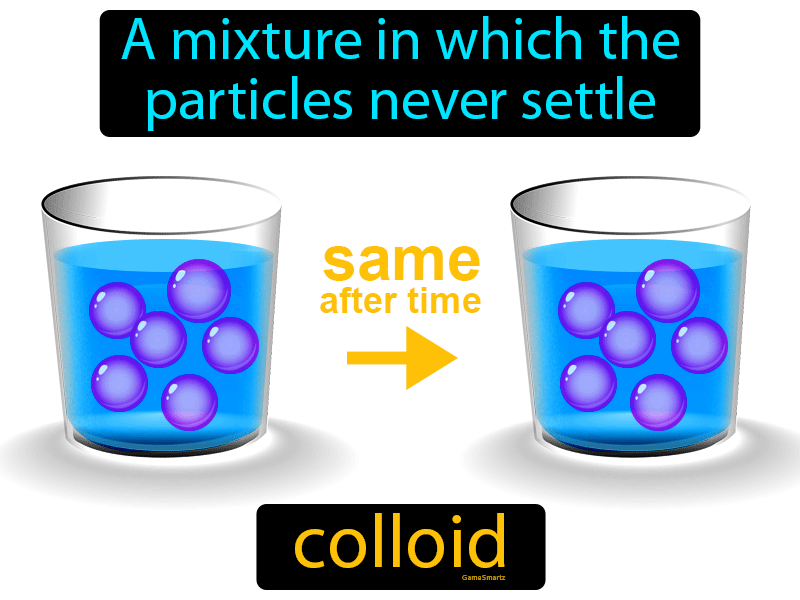

Filtration system units can be placed in areas where a high concentration of poisonous particles exists, supplying cleaner air to the healthful benefit of its employees. Safety measures can be implemented to reduce or possibly eliminate the distribution of toxic respirable particles. Two of the subatomic particles have electrical charges: protons have a positive charge while electrons have a negative charge. People with preexisting heart and/or lung conditions, for example, chronic asthma are susceptible to developing serious respiratory infections.

PARTICLES DEFINITION MANUAL
The overexposure of certain respirable particles can impose major health risks, in particular, to individuals working manual labor jobs such as construction and/or mining. Respirable particles can include dirt, dust, smoke, among other ambient contaminants dispersed throughout the environment. Secondary sources are usually residual byproducts from gases released into the atmosphere such as automobile emissions or oil refinery plants. Nucleons are the fermionic constituents of normal atomic nuclei: Protons, composed of two up and one down quark (uud) Neutrons, composed of two down and one up quark (ddu) Hyperons, such as the, ,, and particles, which contain one or more strange quarks, are short-lived and heavier than nucleons. A primary source stems from a direct harmful agent such as carbon fumes from a fire. Particles can derive from either primary or secondary sources. The growth of industrial organizations contributes to the air quality that is breathed on a regular basis. WorkplaceTesting Explains Respirable Particles


 0 kommentar(er)
0 kommentar(er)
